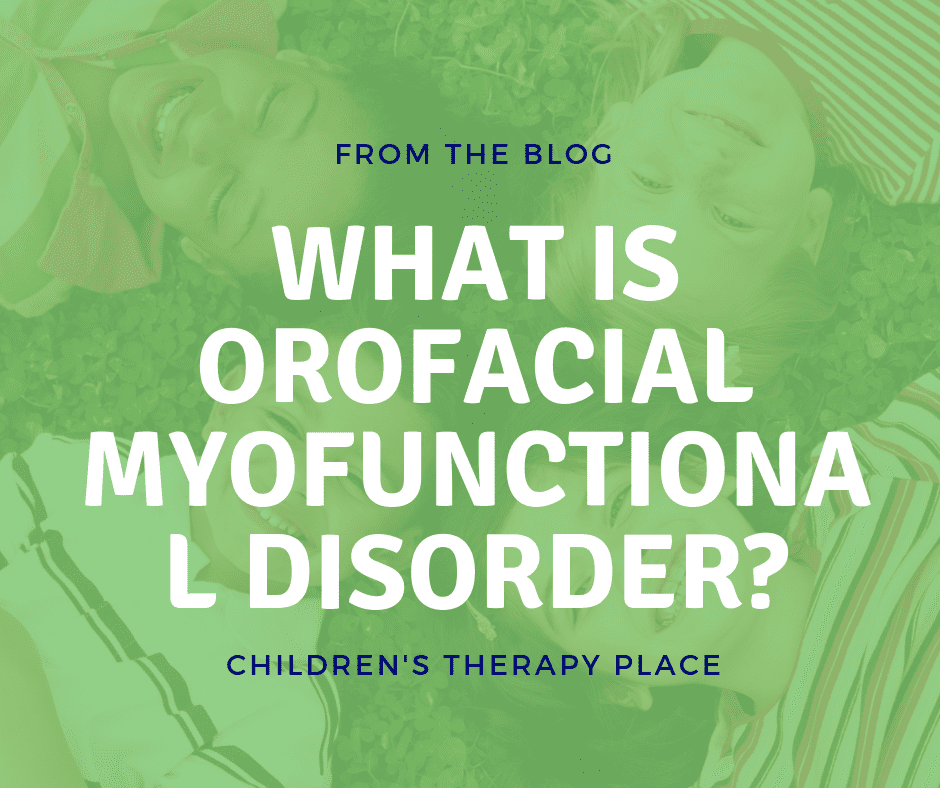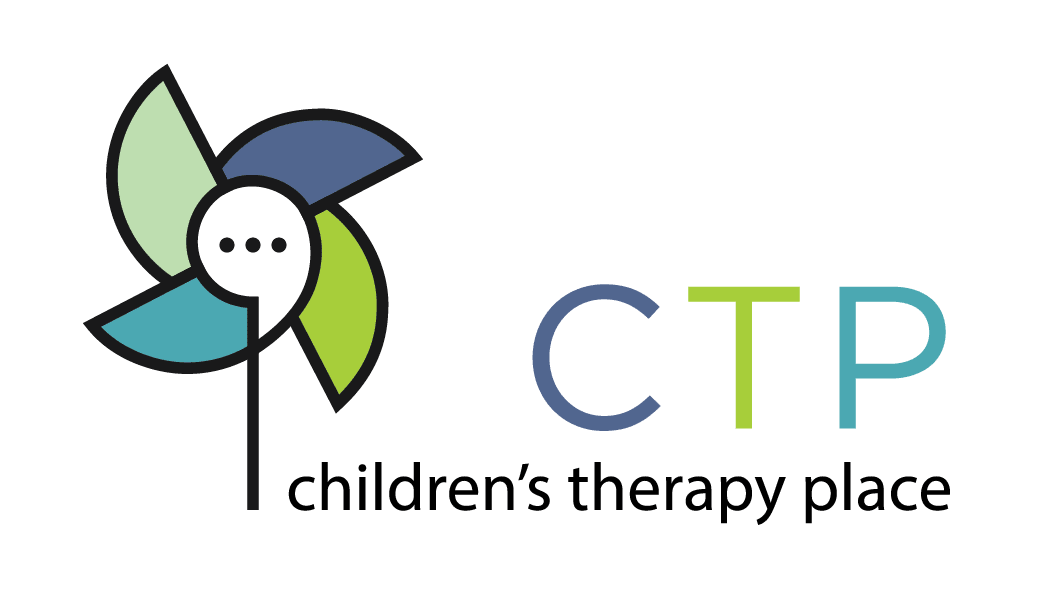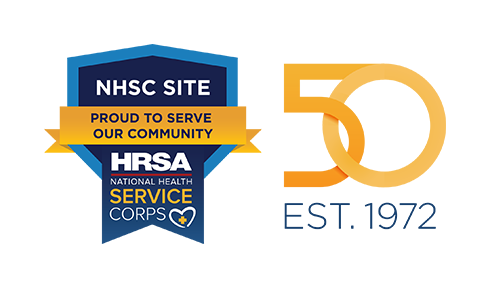Orofacial Myofunctional Disorder

What is an orofacial myofunctional disorder?
An orofacial myofunctional disorder (OMD) is a disorder in the muscle function of the lips, tongue, and/or jaw that negatively affects various aspects of an individual’s health and development.
There are four main types of OMDs:
Tongue Thrust: A tongue thrust occurs when a child’s tongue protrudes forwards during speaking and/or eating and is a sign of an underlying issue such as airway issues, current or past sucking habit, tongue tie, or residual forward tongue habit.
Abnormal Tongue Posture:Appropriate tongue posture occurs when the tongue rests at the roof of the mouth and slightly behind the upper teeth but not touching the teeth. When abnormal tongue rest posture occurs, the tongue may be positioned at the bottom of the mouth and touching the lower teeth or may be resting in between the teeth. Abnormal tongue postures can cause various issues including narrowing of facial structures and lead to facial weakness.
Abnormal Lip Posture: Appropriate lip posture occurs when the lips are gently closed at rest and breathing occurs through the nose. When a child exhibits an open mouth posture and breathes through the mouth, it is difficult to have a normal tongue rest posture. Facial weakness may also occur with abnormal lip posture.
Inappropriate Oral Habits: Inappropriate oral habits include nail biting, lip licking, sucking (finger, pacifier, hair, tongue, objects, etc.), or any other habit that interferes with normal oral functions.
What are the impacts of having an OMD?
Speech: Children with an OMD may have difficulty with the speech sounds including: S, SH, J, T, D, N.
Chewing & Swallowing: Facial weakness and muscle incoordination caused by OMDs may reduce the efficiency of chewing and swallowing. Children may be messy eaters, have food residue left in their mouth after swallowing, or show signs of drooling.
Dentition: OMD’s have highly negative impacts on dentition growth and development and frequently cause malocclusion due to abnormal habits. It is not uncommon for children with an OMD to require braces more than once because of abnormal tongue rest posture or tongue thrust.
Growth: OMD’s may cause changes in normal growth such as reduction in growth hormones and narrowing and elongating of the facial features.
Sleep: Sleep disturbances have been associated with OMDs due to mouth breathing. Children may exhibit signs of tiredness or hyperactivity. Why? This is because when air enters the nasal passages it becomes more oxidized than when it enters through the mouth. Nasal breathing promotes deep restorative sleep and contributes to overall health.
What should I do if my child shows signs of an OMD?
Consult a professional such as a speech-language pathologist, doctor, dentist, or orthodontist who has experience with OMDs. To search for a certified orofacial myologist in your area visit http://orofacialmyologist.org/members/

